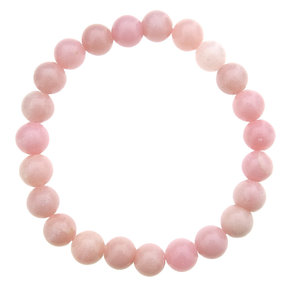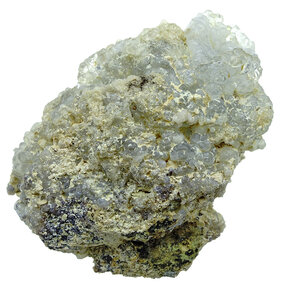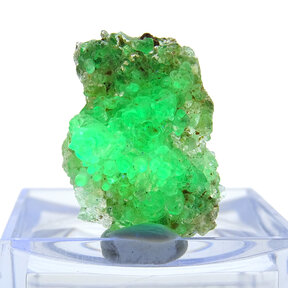Opal is an enchanting gemstone known for its unique play of colors and spiritual properties. This gemstone comes in both precious and common forms. Read more.
Hyalite opal is a rare gemstone that glows bright green under a UV lamp. It has a positive effect on concentration, comm...
Hyalite opal is a rare gemstone that glows bright green under a UV lamp. It has a positive effect on concentration, comm...
Hyalite opal is a rare gemstone that glows bright green under a UV lamp. It has a positive effect on concentration, comm...
Hyalite opal is a rare gemstone that glows bright green under a UV lamp. It has a positive effect on concentration, comm...
Hyalite opal is a rare gemstone that glows bright green under a UV lamp. It has a positive effect on concentration, comm...
Hyalite opal is a rare gemstone that glows bright green under a UV lamp. It has a positive effect on concentration, comm...
Hyalite opal is a rare gemstone that glows bright green under a UV lamp. It has a positive effect on concentration, comm...
This hyalite opal glows bright green under both a long and a short wave UV lamp, the first photo was taken under the lig...
This hyalite opal glows bright green under both a long and a short wave UV lamp, the first photo was taken under the lig...
What is opal?
Opal holds a special place within the world of minerals. Along with diamonds, rubies, sapphires, emeralds, and pearls, opal is one of the six globally recognized gemstones. With Australia as the main supplier, producing over 90% of the global supply, it's no surprise that opal is the national gemstone of the country.
What are the differences in opal?
Opal has a wide variety. There are both precious and common opals, also known as potch. Precious opals are known for their vibrant play of colors, while common opals lack this. Remarkably, about 95% of mined opals belong to the category of common or potch opals. Only a small percentage, around 5%, displays vibrant colors, of which only 0.25% is of high value.
How does opal get its colors?
The composition of opal reveals the secret behind its enchanting play of colors. Opal consists of hydrated silicon dioxide and varies in color from colorless to green, brown, pink, dark gray, and black. The play of colors in opal arises from the interaction of light with the tiny silica spheres in the structure of the opal, resulting in a spectrum of rainbow colors.
How is opal formed?
Opal has a fascinating origin story. The formation process begins with the combination of silicon dioxide and water. Millions of years ago, this solution seeped into crevices and cavities. Over time, and under the influence of different climates, the opal changed from a soft substance to the solid form we know today.
What causes the different colors in opal?
The play of colors in opal is due to the way silica particles clump together to form spherical structures. These structures bend and break light, making the full color spectrum visible. Depending on the size of these structures, opal can display colors ranging from red and orange to blue.
Spiritual resonance of opal: a window to the soul
Opal has been valued for its spiritual properties for centuries. It is considered a stone that promotes inspiration, creativity, and self-expression. Many believe that opal helps in strengthening memory, stabilizing emotions, and promoting self-love. It is also associated with visions, dreams, and deep personal insights.
Opal as a connection to the universe
The multicolored sparkle of opal is often seen as a reflection of the universe. It helps individuals connect with cosmic energies and discover their inner truths. Opal is also associated with protection, especially during spiritual journeys and meditations. It is seen as a bridge between the conscious and the subconscious, enabling deeper levels of consciousness and spiritual growth.










